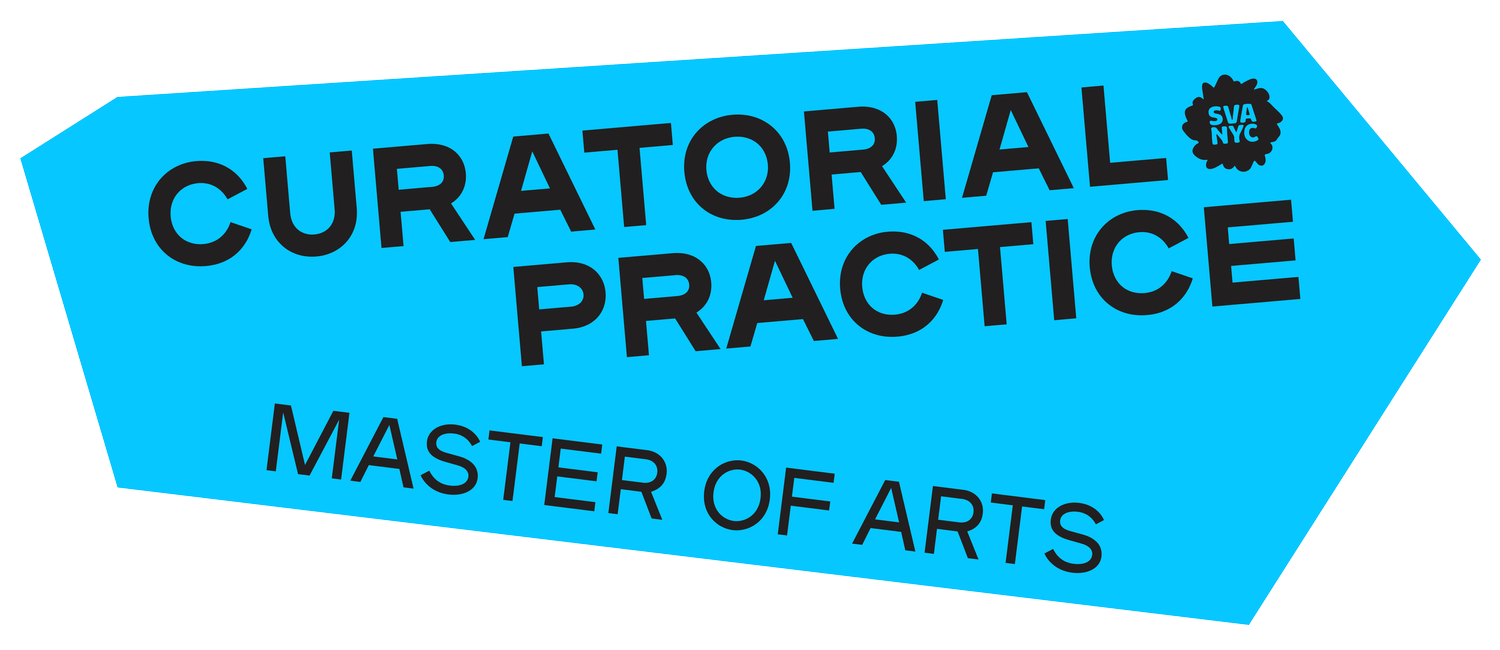
CURATORIAL ACTIVISM AND THE POLITICS OF SHOCK
About the Summit
On November 18, 2017, the Curatorial Practice master’s program at the School of Visual Arts presented a day-long international summit organized by Steven Henry Madoff on curatorial activism in light of the rise of nationalism and radical conservatism, and their programmatic attacks on civil rights, environmental protections, scientific research, and free speech, as well as the reduction and rescinding of cultural funds to suppress diverse expression. How must we think about the programs and publics of institutions, both locally and globally, under these political conditions? How can institutions define, present, and perform an ethics or, more pointedly, a polemics in reaction? And if they seek to be polemical, how can they do this within the strictures of governments and commercial powers? In fact, the question must be asked: What is their autonomy and what is their complicity? What can curators within institutions and outside of them do in response to the radical shift now altering our possibilities as individuals, citizens, artists, thinkers, and producers of a (once) liberal culture? And therefore, what is to be done in terms of resistance, sanctuary, and counter-forms of advocacy in the specific political and cultural situations that we work and live in as the 21st century unfolds in ways echoing fascisms of nearly a century ago, hatreds hundreds of years old, and technologies still advancing toward mechanisms of massive fraud and new formations of surveillance?
These are the subjects of curatorial activism that face the politics of shock today, and some of the world’s leading curators and thinkers about museums and exhibitions gathered in New York for a public reading and discussion of manifestoes and declarative talks written specially on these topics for this extraordinary event.
Speakers were: Defne Ayas, Director, Witte de With, Rotterdam; Ute Meta Bauer, Founding Director, NTU Centre for Contemporary Art Singapore & Professor, School of Art, Design and Media, Nanyang Technological University, Singapore; Nicolas Bourriaud, Director, La Panacée, Montpellier; Carolyn Christov-Bakargiev, Director, Castello di Rivoli and GAM, Turin; Sofía Hernández Chong Cuy, Curator of Contemporary Art, Colección Patricia Phelps de Cisneros, New York; Joshua Decter, independent curator and writer, New York; Clémentine Deliss, independent curator, Berlin, former Director, Weltkulturen Museum, Frankfurt; Irmgard Emmelhainz, independent scholar, Mexico City; Elena Filipovic, Director, Kunsthalle Basel; Boris Groys, Global Distinguished Professor of Russian and Slavic Studies, New York University and Senior Research Fellow, Karlsruhe University of Arts and Design; Hou Hanru, Artistic Director, MAXXI, Rome; Maria Lind, Director, Tensta Konsthall, Stockholm; Antonia Majaca, curator and researcher, IZK Institute for Contemporary Art, Graz University of Technology; Gabi Ngcobo, founding member, NGO (Nothing Gets Organised), Johannesburg and curator, 10th Berlin Biennale; Hans Ulrich Obrist, Artistic Director, Serpentine Gallery, London; Jack Persekian, Director, Al Ma’mal Foundation, Jerusalem; Pi Li, Senior Curator, M+, Hong Kong; María Belén Sáez de Ibarra, Director of Cultural Heritage and Director, Museum of Art, National University of Colombia; Terry Smith, Andrew W. Mellon Professor of Contemporary Art History and Theory, Department of the History of Art and Architecture, University of Pittsburgh, and Professor in the Division of Philosophy, Art and Critical Theory at the European Graduate School, Saas-Fee; Mick Wilson, Director, Valand Academy, University of Gothenburg; and Tirdad Zolghadr, Artistic Director, Sommerakademie Paul Klee, Bern; Associate Curator, KW Institute, Berlin. Moderators: Adrienne Edwards, curator, Performa, New York; Brian Kuan Wood, Director of Research, SVA MA Curatorial Practice and editor, e-flux journal, New York.
A publication will follow from Sternberg Press, edited by Steven Henry Madoff.
The summit took place at the SVA Theatre, 333 West 23rd Street, New York, New York, on Saturday, November 18, 2017, from 10 am to 5 pm.
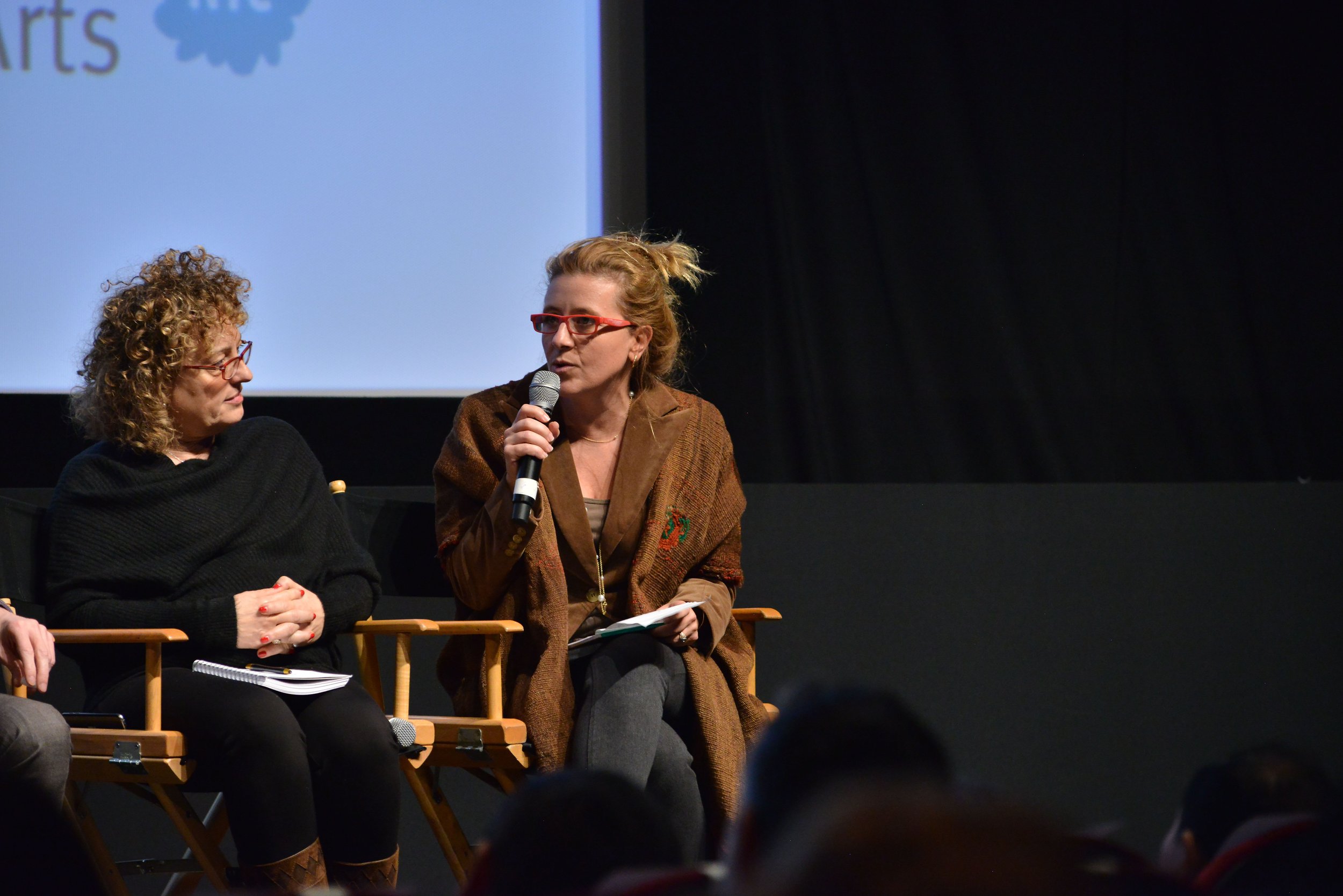
Speakers
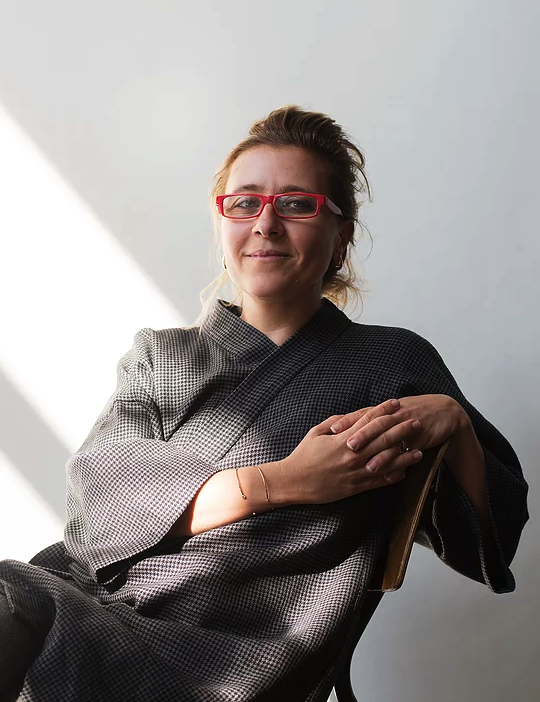
Defne Ayas

Ute Meta Bauer

Nicolas Bourriaud
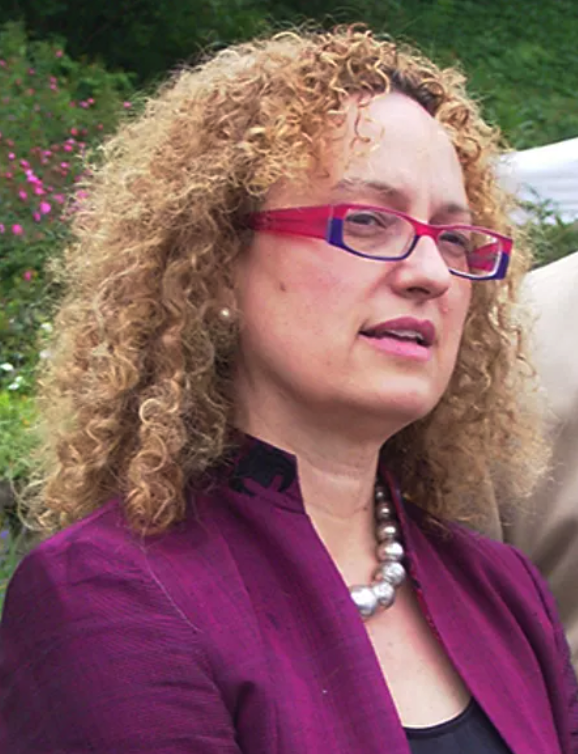
Carolyn Christov-Bakargiev
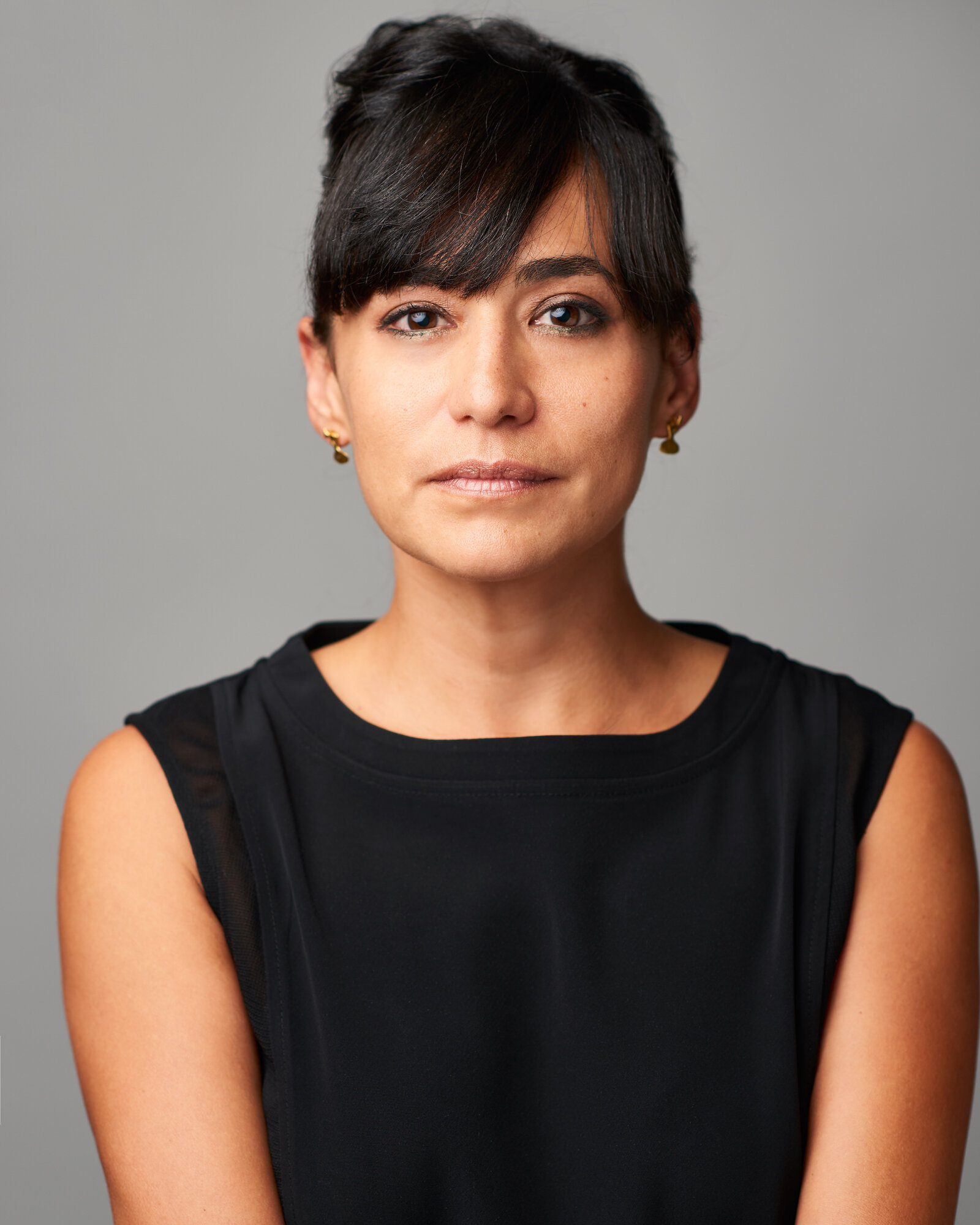
Sofía Hernández Chong Cuy

Joshua Decter
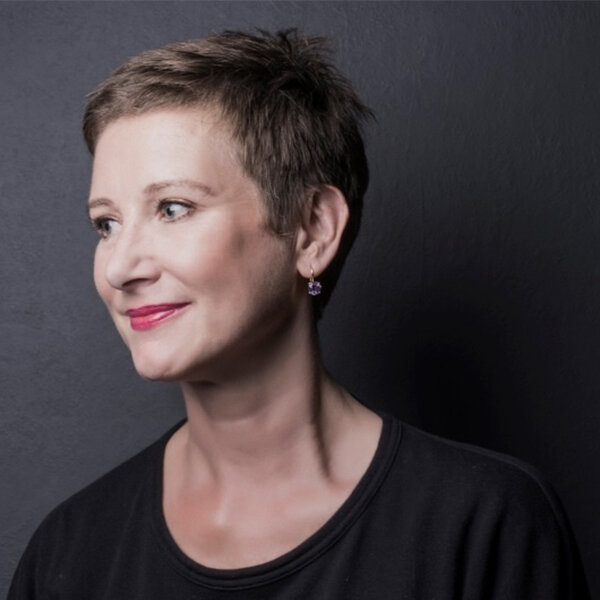
Clémentine Deliss

Adrienne Edwards (Moderator)
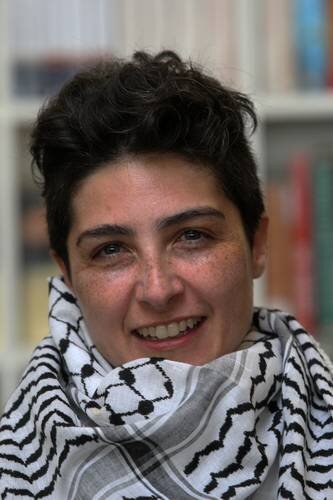
Irmgard Emmelhainz
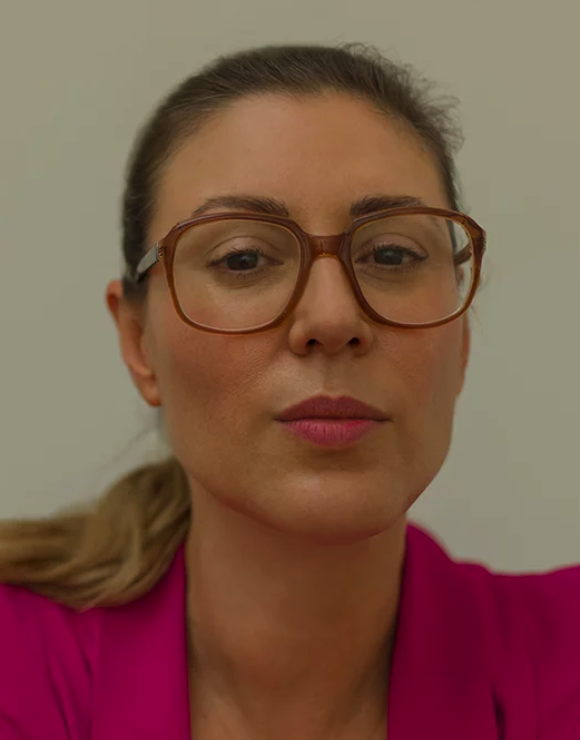
Elena Filipovic

Boris Groys

Hou Hanru

Maria Lind

Steven Henry Madoff (Organizer)

Antonia Majaca
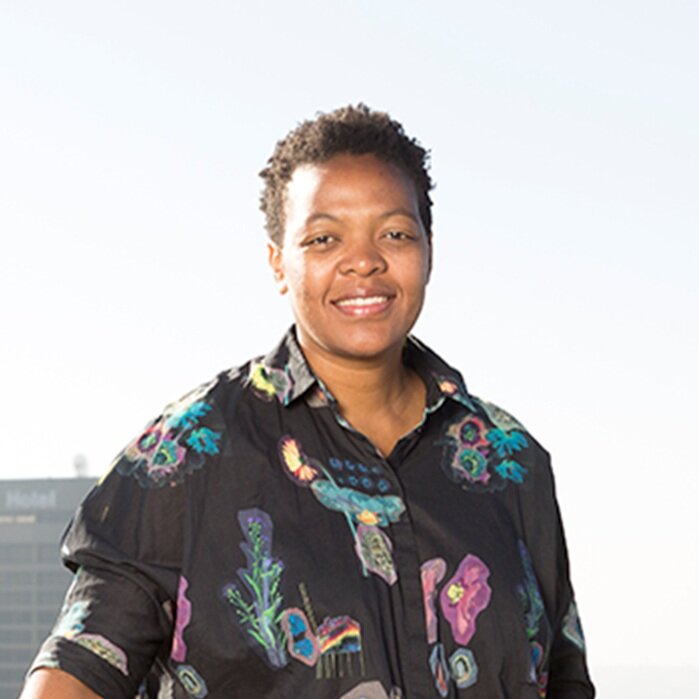
Gabi Ngcobo
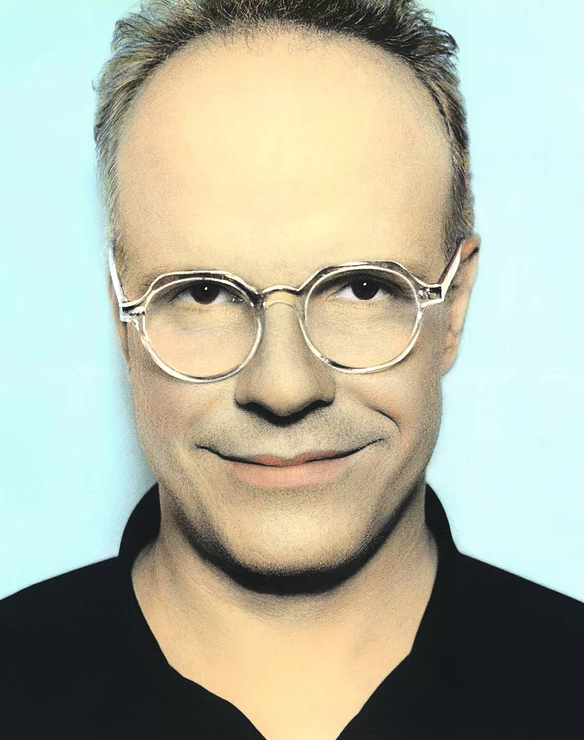
Hans Ulrich Obrist

Jack Persekian
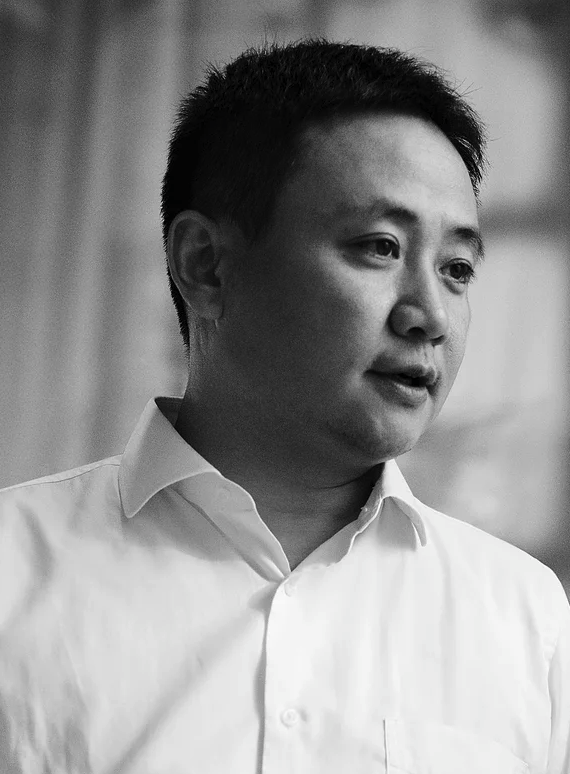
Pi Li

María Belén Saéz de Ibarra

Terry Smith

Mick Wilson

Brian Kuan Wood (Moderator)

Tirdad Zolghadr
Summit Agenda
-
Introduction: Steven Henry Madoff, Chair, SVA MA Curatorial Practice
“What Is Indestructible in You?” Defne Ayas, Director, Witte de With Center for Contemporary Art, Rotterdam
Witte de With has recently announced that it will change its name in the coming year, reflecting a surge of local resentment in need of channeling. Isn’t it time that our own institutions acknowledge—and even embrace—the limitations of their own international mandate? Furthermore, what would happen if artists were to become more involved in the co-creation of institutions, if their voices and politics as well as their local, national, and international constituencies were summoned to make institutions themselves more like the programs they seek to present?
“Slow Down, Stay Focused, and Evaluate What’s at the Core” Ute Meta Bauer, Founding Director, NTU Centre for Contemporary Art Singapore and Professor, School of Art, Design and Media, Nanyang Technological University, Singapore
In uncertain times of increasing nationalism and exclusionary violence, it is critical to understand why we continue. As a team at an institution in Singapore, what is at the core for us? What do we want to give to our visitors, to exchange with them?
“The New Relational Landscape: Towards a Poly-Subjecthood” Nicolas Bourriaud, Director, La Panacée, Montpellier
The era of the Anthropocene marks a time of crisis for the human: the profound technological transformation of the planet is accompanied by a sense of impotence in relation to the social environment. Contemporary art identifies the roots of this catastrophe in the Western ideological division between nature and culture. How do new dialogical art forms renew materialist thought, valorize artistic and pedagogical institutions, and reaffirm art as a state of encounter against the coming totalitarianisms?
“A Nine-Point Charta” Carolyn Christov-Bakargiev, Director, Castello di Rivoli and GAM, Turin
Our cultural spaces have a legislative role, as they must invent the principles and rules of future cultural institutions that do not simulate our ever-growing simulators. Our programs can move mountains, influence the ruling classes’ decisions in the world at large, give voice to the reasons why the flourishing of life on the planet is at risk, and nurture imagination, love, humbleness, and kindness.
“Of Caretakers and Advocates” Sofía Hernandez Chong Cuy, curator of contemporary art, Colección Patricia Phelps de Cisneros, New York/incoming Director, Witte de With Center for Contemporary Art
Somewhat inspired by true events, as well as by recent theoretical fictions stemming from the intersection of visual arts, literature, and work for the screen, this presentation considers the role of caretakers and advocates in the field of culture. The intent of this presentation is to draw relations between diverse artistic practices, and the practice of curating contemporary art.
“Politics Burned a Hole Through My Heart” Joshua Decter, independent curator and writer, New York/faculty, SVA MA Curatorial Practice
If politics is indeed failing, why do we imagine that art-as-politics—or curating-as-politics—can do any better? When art (and its institutions) is under attack by both “right” and “left,” when desires for autonomy, self-determination, and withdrawal can signal both progressive and reactionary aspirations, when the discourse of institutional critique is hijacked to “deconstruct the administrative state,” how much can we really expect from our fractious, polarized art worlds? And how do we demand better ethics, moralities, and activism if we cannot enact these in our own lives?
“Manifesto for Rights of Access” Clémentine Deliss, independent curator, Berlin; former Director, Weltkulturen Museum, Frankfurt
Today, as the institutional metabolism of contemporary art slows, the once vital organs of national museums, public collections, or large-scale art exhibitions are no longer signs of innovation. The remains of the necropolitical ethnographic or world culture museum we have known for the past 150 years can only be instrumentalized by sinister, xenophobic intentions. How sentimental can we really be about our national heritage? Should legal leverage be left to indigeneity claims and nationalist politics? Can one produce an art today that cannot be possessed—a curatorial activism to counteract conservation and provenance? Can one go so far as to edit the DNA of art across historical, regional, ethnic, and disciplinary taxonomies?
Panel Discussion: Ayas, Bauer, Bourriaud, Christov-Bakargiev, Hernandez, Decter, Deliss, in conversation, moderated by Brian Kuan Wood
-
Introduction: Steven Henry Madoff, Chair, SVA MA Curatorial Practice
“How Can We Rise Above All that is Dying?” Irmgard Emmelhainz, independent scholar, Mexico City
The legacy of modernism is a war against life. That is why redundant populations inhabiting its Darwinist zones of sacrifice now rise up to destroy even themselves as a means of regaining agency. To end this devastation, we must join forces to dissolve the expectations of modernity and acknowledge that colonialism—masked by the technocratic belief in development and culture as forms of emancipation—can only be the matrix of the present.
“Abuse of Power Comes as No Surprise” Elena Filipovic, Director, Kunsthalle Basel
Brandishing Jenny Holzer’s trenchant Truism, “Abuse of Power Comes as No Surprise,” an inspiring collective of women from all over the globe mobilized over a 72-hour period last month to denounce the sexual harassment and gender bias that pervades the art world. How does this effort speak to the urgent role of individuals and institutions in demanding renewed reflection on how power is solidified in the art world, and how we can call out its abuse?
“The Curator as Bureaucrat of the Utopian State” Boris Groys, Global Distinguished Professor of Russian and Slavic Studies, New York University and Senior Research Fellow, Karlsruhe University of Arts and Design
The contemporary globalized, internationalized art world tries to compensate for the lack of any universal state. Though we live in nation-states, the art curator is ultimately a representative of a non-existent, utopian universal state. Contemporary curators think globally—even in a time of nationalist and regionalist revivals.
“Against ‘Good Morals’ Activism” Hou Hanru, Artistic Director, MAXXI, Rome
As art institutions and media outlets are forced to embrace the logic of the comfortable, safe, or tokenistic to be more popular, it is ironic to encounter increasingly frequent cases of populist “activists” threatening exhibitions with closure or retaliation, claiming to represent good morals. After hundred years of social cultural and artistic struggles driven by real political and artistic activism, are “good morals” now usurping the most important good morals: freedom of expression and openness within social life?
“More of the Same: Self-Determination, Survival Technologies, Sovereignty, and Speculation” Maria Lind, Director, Tensta Konsthall, Stockholm
Instead of “What is art?” we might ask “What does art do?” How might this apparently utilitarian question open the way for artists’ techniques of survival and speculation to say or do something about the future? When many devolve into paralysis in the face of futurologies, science fictions, and techno-pessimisms, what do artistic self-determination and sovereignty say about art’s active relationship to the future?
“Institutional Inhumanism?” Antonia Majaca, curator and researcher, IZK Institute for Contemporary Art, Graz University of Technology
To treat the patient without simultaneously treating the institution is equivalent to madness, as the famous anti-psychiatry axiom goes. Could the curator then be said to possess an indwelling capacity to be the patient and the institution at the same time? It may not be something to celebrate (yet), but we might still speculate that a post-cybernetic curator is poised to release a chimera of subjectivities useful for addressing the inverse totalizations necessary today. Could we call these inversions an institutional inhumanism?
“Institutional Inhumanism?” Gabi Ngcobo, founding member, NGO (Nothing Gets Organised), Johannesburg and curator, 10th Berlin Biennale
Many practitioners work from political realities in which economic freedoms and political spaces are restricted, or accessible only to a few. Is it possible to achieve a universal language or approach questions with new vocabularies that take these persistent realities into consideration?
Panel Discussion: Emmelhainz, Filipovic, Groys, Hou Hanru, Lind, Majaca, Ngcobo, in conversation, moderated by Adrienne Edwards
-
Introduction: Steven Henry Madoff, Chair, SVA MA Curatorial Practice
“A Common Future” Hans Ulrich Obrist, Artistic Director, Serpentine Galleries, London
"The world needs togetherness, not separation. Love, not suspicion. A common future, not isolation.” These words, written by artist and poet Etel Adnan, describe a vision of progress based on shared knowledge and collective action. It is our responsibility to take the museum out to the community, as Arthur Jafa has said, and to resist the assumption that internationalism is commensurate with the loss of cultural identity. In an increasingly isolationist and backward-looking political climate, we must move beyond the oppositional discourse of “the same” and “the other” for new and mutually enriching relations between individuals and communities.
“A New Story for Cultural Institutions: Local and Global” Jack Persekian, Director of Al Ma’mal Foundation, Jerusalem
Often pushed, tempted, and sometimes even forced to respond to current situations and unfolding events, the power of cultural institutions is derived from their ability to engage audiences in reflection and critical thinking. Their responsibility is to provide intellectually and ethically rigorous work that can develop a deeper understanding of the powers at work. Powered by their local communities, cultural institutions need to think of the world as one interconnected entity, and that our local problems are part of global tribulations.
“When Political Correctness Is Not Correct” Pi Li, Senior Curator, M+, Hong Kong
The boundaries drawn by universal values have been hard-won by bloodshed and sacrifice, yet today, anger against injustice often merges with a growing sense of insecurity to provide a platform for venting collective frustration. The most urgent task for art institutions and curators becomes to establish a mechanism that enhances the quality of meaningful discussions and protects political correctness from moralizing positions that feed into irrational populism and neo-authoritarianism.
“Cosmopolitics of the Living” María Belén Saéz de Ibarra, Director of Cultural Heritage and Director, Museum of Art, Nationa University of Colombia
The failure of positivism, of the rational and universal project of science and progressive historical models of humanity have given way to a metamorphosis of the world. We are becoming something else as a culture, and our home planet is radically shifting. Societies at risk are demanding new forms of working and governance. Beyond cultural diversity, we need to acknowledge and embrace other forms of knowledge: the thought of other natures and peoples.
“Against Rogues: Curating Our Contemporaneity” Terry Smith, Andrew W. Mellon Professor of Contemporary Art History and Theory, Department of the History of Art and Architecture, University of Pittsburgh, and Professor in the Division of Philosophy, Art and Critical Theory at the European Graduate School, Saas-Fee
Exhibit art’s work. Renounce reticence. Curate reflexively. Build research capacity. Articulate curatorial thinking. Archive the achievements. Reinvent exhibition formats. Turn the exhibitionary complex. Proliferate alternative exhibitionary venues. Activate infrastructure. Embrace spectatorship. Curate contemporaneity in art and society—past, present, and to come—critically. The reactionary resurgences and overt rule by rogues we have witnessed since I listed these exhortations four years ago have made them, and additional forms of global/local imagining, even more urgent now.
“What Is to Be Done? Negotiations in the Political Imaginary of the Interregnum” Mick Wilson, Director, Valand Academy, University of Gothenburg
As an alternative to bourgeois revolt—inhabiting the privileges of the institution while simultaneously disdaining the institution as irredeemably compromised—could desegregation improve on familiar historical models of negation that have atrophied amidst the performance of artistic radicality, shock-entrepreneurship, and transgressive critical subjectivity? Given the negations and withdrawals of de-colonisation, de-modernism, de-institution, agonism, and from the perspective of one of Europe’s most segregated cities, how might the institutional strategy of desegregation attend to competing responses through the idea of “program”?
“Choke Chain” Tirdad Zolghadr, Artistic Director, Sommerakademie Paul Klee, Bern and Associate Curator, KW Institute, Berlin
Whenever competition seems futile, we do collaborate, even within the art field. There are networks of activists and community organizers—we promote them as long as the cause inspires. There are boycott initiatives too—alas, the more effective they are, the less open-ended they tend to be. In other words, the usual strategies find traction within art only for as long as they dovetail with the internal necessities of the field. This is not because curators are cretins, but because the demands of contemporary art remain structurally irreconcilable with any others.
